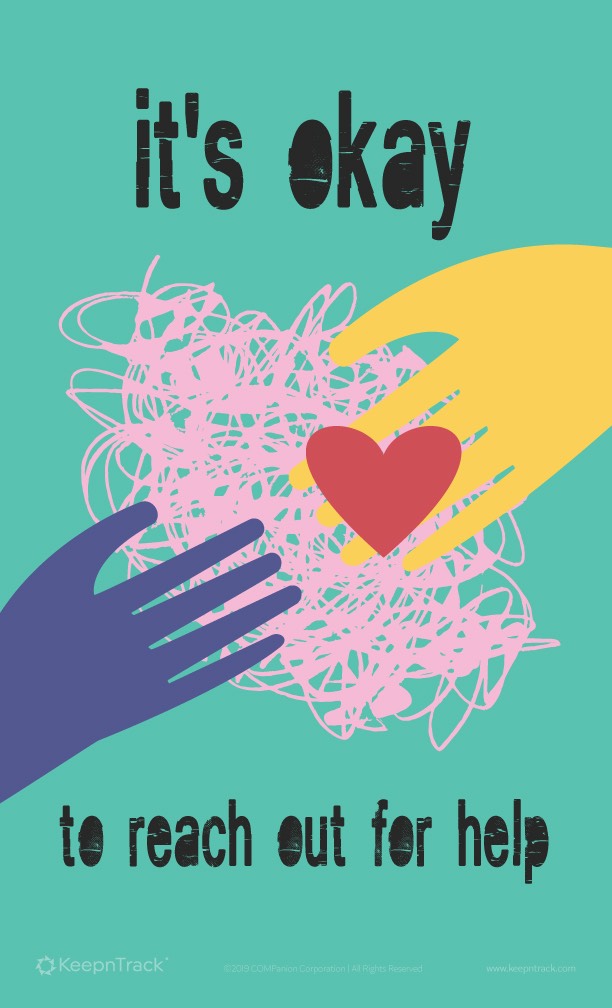International Collaboration: A Framework For Cross-Border Crime Prevention

Table of Contents
Shared Intelligence and Information Exchange
This is the cornerstone of effective cross-border crime prevention. Seamless information sharing allows law enforcement agencies to connect the dots across jurisdictions, identify emerging threats, and disrupt criminal networks more effectively. This requires both technological advancements and a commitment to building trust.
Establishing Secure Communication Channels
Secure communication is paramount for effective international crime prevention collaboration. This necessitates:
- Encrypted platforms: Utilizing end-to-end encrypted messaging apps and secure data transfer protocols to prevent interception of sensitive information.
- Standardized data formats: Implementing standardized data formats and metadata for easy sharing and interoperability between different systems and agencies. Inconsistencies hinder effective analysis and collaboration.
- Dedicated law enforcement networks: Creating dedicated secure networks for law enforcement agencies to share intelligence and collaborate on investigations, ensuring confidentiality and data integrity. Examples include secure email systems and specialized platforms designed for sensitive information exchange.
Building Trust and Transparency
Trust and transparency are crucial for successful information sharing. This involves:
- Strong inter-agency relationships: Building strong relationships based on mutual respect and understanding between law enforcement agencies in different countries. Regular meetings, joint training exercises, and shared experiences foster cooperation.
- Clear data sharing protocols: Establishing clear protocols and agreements on data sharing and usage, including data privacy regulations and restrictions. This ensures that data is handled responsibly and ethically.
- Addressing sovereignty concerns: Addressing concerns about national sovereignty and data privacy through transparent agreements that respect national laws and regulations while prioritizing international security.
Joint Investigative Teams (JITs) and Operational Collaboration
Joint Investigative Teams (JITs) are a powerful tool for tackling transnational crime. They allow law enforcement agencies from different countries to pool resources and expertise to conduct coordinated investigations.
Legal Frameworks and Mutual Legal Assistance (MLA)
Effective JITs require robust legal frameworks:
- Streamlined extradition treaties: Modernizing and streamlining extradition treaties to facilitate the swift and efficient transfer of suspects and evidence across borders.
- Efficient MLA procedures: Improving the efficiency and effectiveness of Mutual Legal Assistance (MLA) procedures, which allow countries to cooperate on investigations and prosecutions. This includes reducing bureaucratic hurdles and delays.
- Addressing jurisdictional challenges: Developing mechanisms to address legal complexities and jurisdictional challenges that may arise during international investigations, such as conflicting laws or differing standards of evidence.
Resource Sharing and Capacity Building
Successful JITs depend on effective resource sharing and capacity building:
- Pooling resources: Pooling resources such as technology, expertise, and personnel, including specialized units like cybercrime investigation teams or financial crime specialists.
- Capacity building programs: Providing training and capacity building programs for law enforcement agencies in developing countries, enhancing their ability to participate in international collaborations.
- Facilitating technology transfer: Facilitating the transfer of technology and knowledge to enhance investigative capabilities across borders.
International Legal Cooperation and Harmonization
Harmonizing legal frameworks is essential for effective prosecution of transnational crimes. This means aligning definitions, procedures, and penalties for similar offenses across jurisdictions.
Developing Common Legal Instruments
International cooperation demands common legal ground:
- International treaties and conventions: Promoting the ratification and implementation of international treaties and conventions, such as the UN Conventions against Transnational Organized Crime, to establish common legal standards and obligations.
- Global harmonization: Working towards global harmonization of laws and procedures related to key transnational crimes, ensuring consistent treatment of offenders regardless of their location.
Addressing Legal Gaps and Loopholes
International laws are not always perfect:
- Identifying legal gaps: Identifying and addressing gaps and inconsistencies in international law that criminals can exploit.
- Strengthening cooperation mechanisms: Strengthening international cooperation mechanisms to address loopholes and close gaps in the existing legal framework.
- Unified global framework: Working towards a more unified and effective global legal framework for prosecuting transnational crime.
Public-Private Partnerships and Civil Society Engagement
Effective international crime prevention collaboration requires engagement beyond law enforcement. The private sector and civil society possess valuable resources and expertise that can significantly contribute to the effort.
Collaboration with Tech Companies
The private sector is crucial in combating digital crime:
- Combating cybercrime: Collaborating with technology companies to combat cybercrime, including sharing threat intelligence and developing technological countermeasures.
- Responsible data sharing: Ensuring responsible data sharing and privacy protection in the context of public-private partnerships for crime prevention.
Engaging with Civil Society Organizations
NGOs play a vital role in crime prevention:
- Harnessing NGO expertise: Harnessing the knowledge and networks of NGOs working on crime prevention, including those focused on human trafficking, drug abuse, and community safety.
- Community engagement: Improving community engagement and building trust between law enforcement and communities affected by transnational crime.
- Promoting awareness: Promoting awareness and education on crime prevention and the importance of reporting criminal activity.
Conclusion
Effective international crime prevention collaboration requires a multifaceted approach, encompassing shared intelligence, joint investigations, robust legal frameworks, and strong public-private partnerships. By strengthening these areas, we can create a more secure and just world. The need for proactive and collaborative strategies in combating international crime is paramount. Let's work together to build a stronger framework for international collaboration in crime prevention. Building a safer future requires a commitment to improving international crime prevention collaboration across borders and sectors.

Featured Posts
-
 Aryna Sabalenkas Miami Open Victory A Dominant Performance Against Jessica Pegula
May 13, 2025
Aryna Sabalenkas Miami Open Victory A Dominant Performance Against Jessica Pegula
May 13, 2025 -
 The Wonder Of Animals Conservation Efforts And Protecting Endangered Species
May 13, 2025
The Wonder Of Animals Conservation Efforts And Protecting Endangered Species
May 13, 2025 -
 Dog Walk In Didcot Celebrating Mental Health Awareness Week
May 13, 2025
Dog Walk In Didcot Celebrating Mental Health Awareness Week
May 13, 2025 -
 Russias Arctic Shadow Fleet Renewed Activity And Growing Concerns
May 13, 2025
Russias Arctic Shadow Fleet Renewed Activity And Growing Concerns
May 13, 2025 -
 The Complexities Of The Chinese Auto Market Case Studies Of Bmw And Porsche
May 13, 2025
The Complexities Of The Chinese Auto Market Case Studies Of Bmw And Porsche
May 13, 2025
